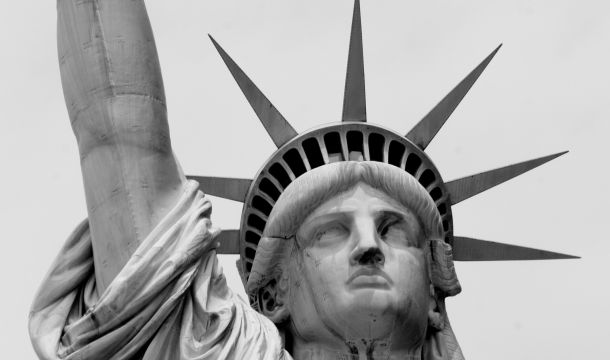NLRB Announces New Joint Employer Final Rule, Bringing More Entities under Joint Employment Concept
Many businesses feel threatened by the new joint employer rule issued by the National Labor Relations Board (NLRB) on October 25, 2023. In the new rule, entities that share control over the terms and conditions of a worker's job could be found to be joint employers for purposes of the collective bargaining law, including in cases where an employer's control is "indirect" or "reserved." Under the new rule, an entity may be considered a joint employer of a group of employees if the entity shares or co-determines one or more of the employees' "essential terms and conditions of employment." These "essential terms and conditions" include:
-
Wages, benefits and other compensation.
-
Hours of work and scheduling.
-
Assignment of duties to be performed.
-
Supervision of the performance of duties.
-
Work rules and directions governing the manner, means and methods of the performance of duties and the grounds for discipline.
-
Tenure of employment, including hiring and discharge.
-
Safety and health.
The new rule replaces a prior 2020 policy that excused alleged joint employers from bargaining unless workers could show they had "direct and immediate control." The earlier Trump-era Board promised business it would be a joint employer only if it both possesses and exercises substantial direct and immediate control. Simply exercising such control on a "sporadic, isolated or de minimis basis" was deemed insufficient for joint employment. Now indirect or reserved control can be sufficient to establish joint employer status, even if the entity had never acted on certain reserved control. Similarly, a company can be found to exercise control over another company's workers through a "go-between," an intermediary. The new rule does find certain forms of control to protect brands could be related to the employment relationship but "typically not be indicative of a common-law employment relationship."
The new NLRB rule does not affect the determination of joint employment status under the Fair Labor Standards Act or equal employment laws. The Biden Administration earlier rescinded a Trump-era rule defining joint employment status under the FLSA in a way that generally limited the circumstances under which an employer could be found liable as a joint employer. The Trump-era rule had considered four factors - the ability to hire and fire, supervise and control schedules, set pay rates, and maintain employment records to determine whether a company qualifies as a joint employer under the Department of Labor (DOL) rules. The Biden DOL said the agency would instead return to a broader totality-of-the-circumstances, economic realities approach to joint employment, but hasn't issued any clarifying guidance. Thus, the test under the NLRB rules and that of other laws are slightly different.
The response to the new NLRB final rule on joint employment was strong and immediate. Senators Bill Cassidy (R - LA) and Joe Manchin (D - WV) announced they will introduce a Congressional Review Act resolution to overturn the joint employer rule. Republican senators would be expected to join in this movement, as well as at least two or three other non-Republican senators. However, it is likely that President Biden would veto any such measure. Legal challenges are also likely, contending that the NLRB has not justified why it changed its joint employer standard from the 2020 rule, and on other grounds as well. The rule was originally intended to take effect on December 26, 2023, but recent indications are that the NLRB will postpone the effective date of the new rule.
Editor's Note: The new rule suggests that employers must review the terms of their relationships with temp agencies, subcontractors, and franchisees, among others. Certain terms added to contractual relations suggest that two entities can protect their separate relationships to avoid the possibility of being penalized for another employer's legal claims. Avoiding emphasis on reserved control and indirect control is very significant, and a mere reservation of a contractual right to control may lead one entity to be considered a joint employer of the other's employees. At the same time, a carefully drafted agreement of the relationship can be highly important if not controlling in a particular situation. While the practices under the agreement are also pertinent, sometimes investigations only look at the agreement itself. The effects of the new rule may have unintended consequences, however. Since the determination of joint employment is a highly fact-intensive issue to litigate, a union arguing joint employment in their organizational campaign may face significant delay with the result being that some unions may choose to avoid such situations. An example of such a complicated issue arose in the case in which the NLRB is contending that the University of Southern California, the PAC-12 Conference, and the NCAA, jointly employ USC football players, and that the trio violated federal law by failing to treat the players as employees.
This article is part of our December 2023 Newsletter.
View newsletter online
Download the newsletter as a PDF
Related Content
Get Email Updates

Department of Homeland Security (DHS) is Terminating Family Reunification Parole (FRP) Processes

DHS is Terminating Temporary Protected Status for Ethiopia

Issues Regarding Employee Access to Their Personnel Files

Issues of Employer Access to Employees’ Personal Devices Such as Cell Phones, Etc

Settlement Agreement Wording Can Determine Tax Treatment



